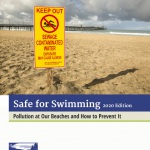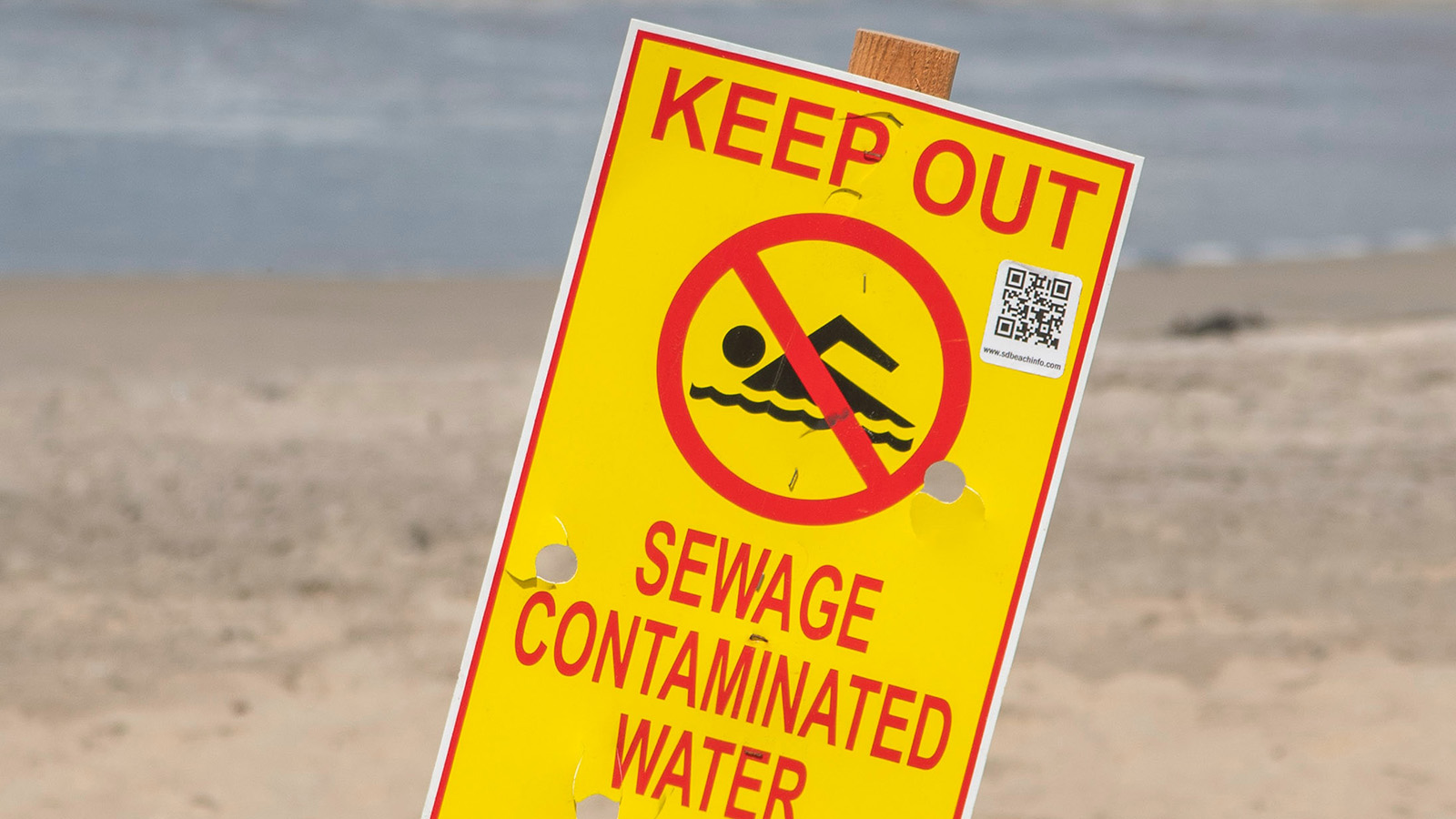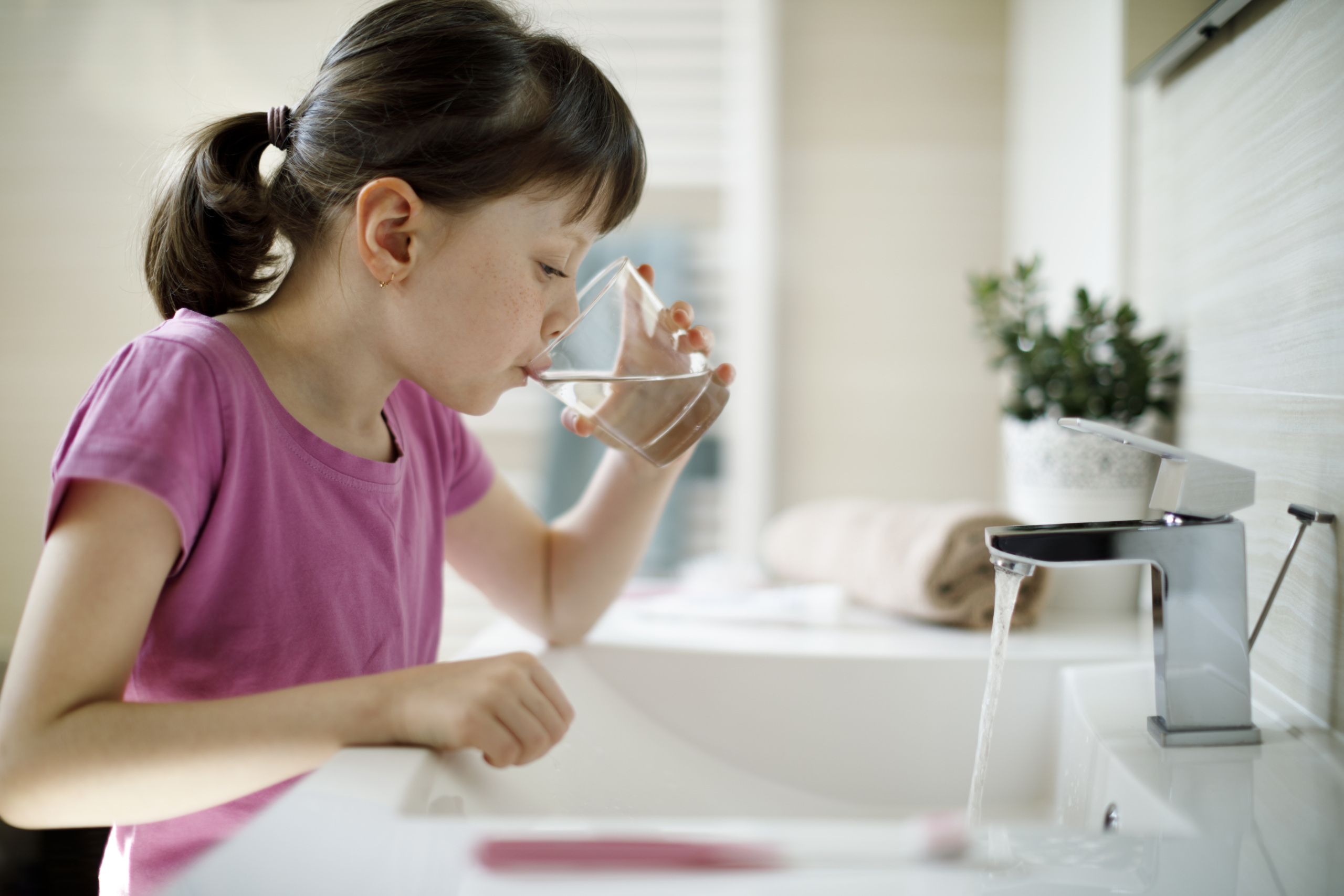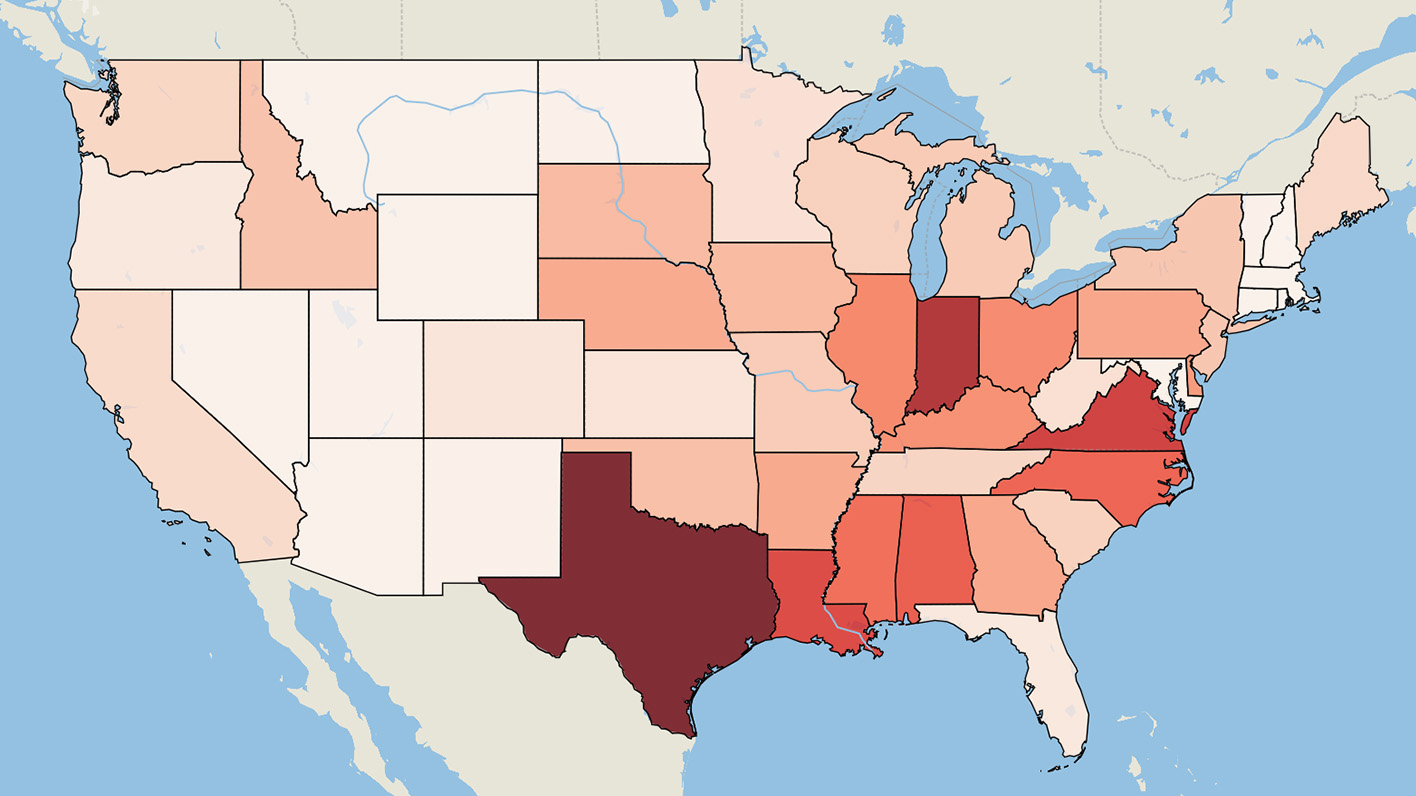
Are Minnesota beaches safe for swimming?
New report warns about contaminated water as Congress votes on funding to prevent pollution
Minneapolis, MN – With summer in full swing, water pollution can close Minnesota beaches or put swimmers' health at risk. Last year, bacteria levels at 13 beaches indicated that water was potentially unsafe for swimming there on least one day, according to the new report Safe for Swimming? by Environment Minnesota Research and Policy Center. The report comes as Congress is set to vote tomorrow on a major spending bill that includes an additional $11 billion for water infrastructure.
Downloads
Environment Minnesota

Minneapolis, MN –– With summer in full swing, water pollution can close Minnesota beaches or put swimmers’ health at risk. Last year, bacteria levels at 13 beaches indicated that water was potentially unsafe for swimming there on least one day, according to the new report Safe for Swimming? by Environment Minnesota Research and Policy Center. The report comes as Congress is set to vote tomorrow on a major spending bill that includes an additional $11 billion for water infrastructure.
“Whenever it is safe for us to go to the beach, it should also be safe for us to swim in the water,” said Tim Schaefer, State Director of Environment Minnesota Research and Policy Center. “All too often that is not the case. We can and must do a better job of keeping waste out of our water.”
To assess beach safety, the group examined whether fecal indicator bacteria levels exceeded the U.S. Environmental Protection Agency’s (EPA) most protective “Beach Action Value,” which is associated with an estimated illness rate of 32 out of every 1,000 swimmers. Park Point Sky Harbor Parking Lot Beach in St. Louis County had bacteria levels above this safety threshold for 9 days in 2019.
Other Minnesota beaches found potentially unsafe for swimming at least once in 2019 were Agate Bay Beach in Lake County and Durfee Creek Area Beach in Cook County.
Polluted runoff from roads and parking lots, overflowing or failing sewer systems, and farms are common sources of contamination that can put swimmers’ health at risk and lead authorities to close beaches or issue health advisories. Scientists estimate that 57 million instances of people getting sick each year from contact with polluted waters in the U.S.
The report recommends major investments to prevent sewage overflows and runoff pollution. On Friday, the U.S. House of Representatives is scheduled to vote on the “minibus #1” spending package, which includes an additional $11 billion in emergency water infrastructure funding.
“Let’s make our beaches safe for swimming by building the infrastructure that will keep the water clean,” said Schaefer. “Wherever it is safe to go to the beach, let’s make sure it’s safe to go swimming in the water too.”
###
Topics
Find Out More


Safe for Swimming?

The Threat of “Forever Chemicals”


